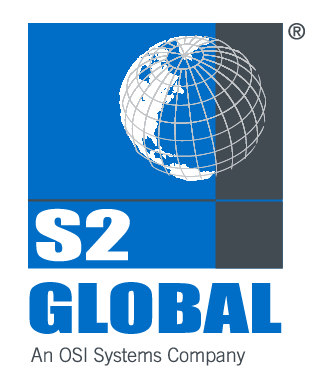Accelerate: Inspection with AI for Customs
Accelerate: Inspection with AI for Customs
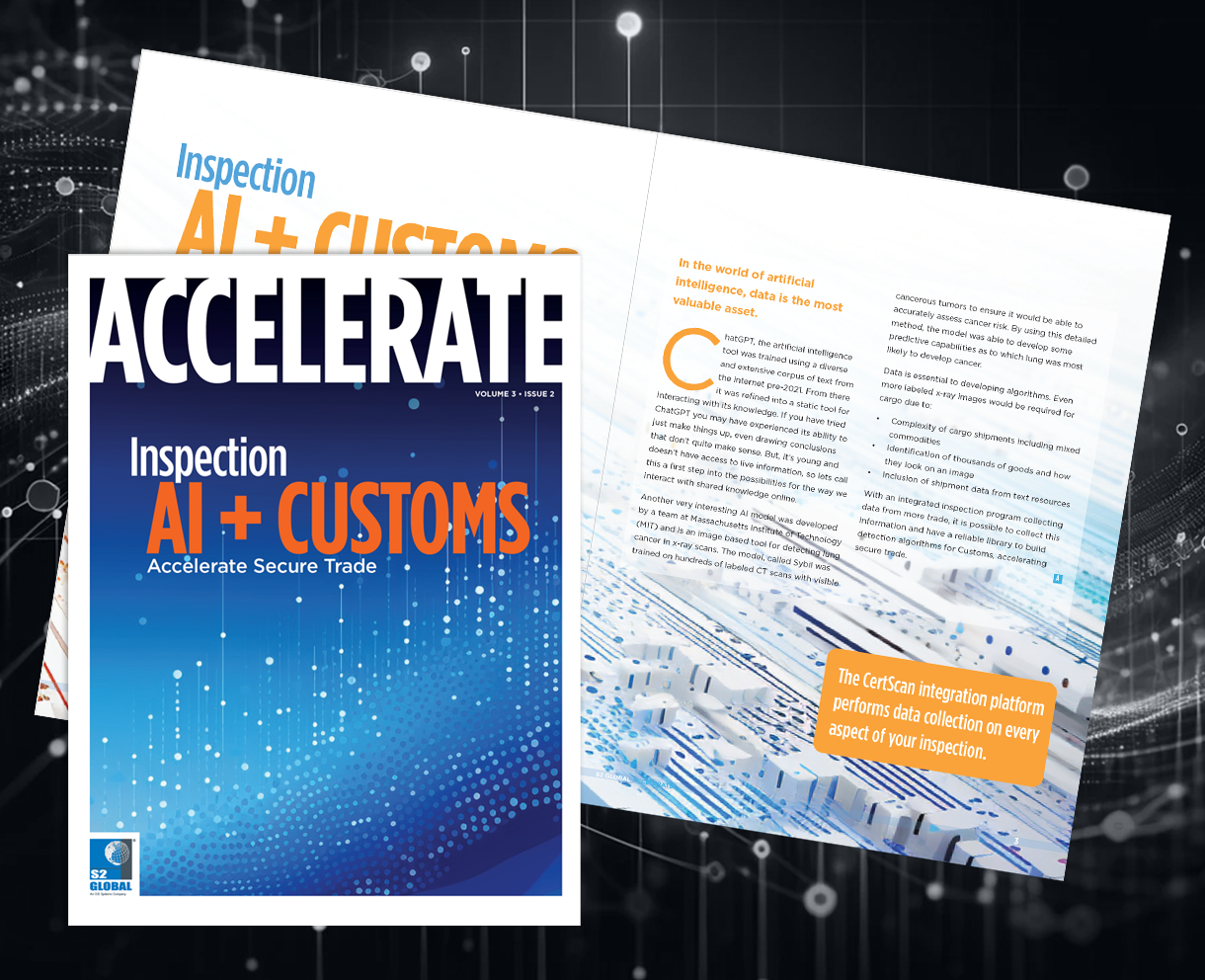
Everyone is talking about AI. But what does that actually mean and how does it affect Customs? Digital Transformation for Customs has brought more technology to points of entry in order to increase the number of inspections performed on cargo and vehicles. Integrated inspection processes that keep trade flowing have emerged to augment manual checks formerly based on instinctual risk analysis.
With these types of operations, opportunities to capture much more data for new and improved algorithms is available. Agencies can now verify trade to increase revenue, intercept contraband and ensure a secure trade process at a higher level.
The World Customs Organization (WCO) is shining a light on how technology can assist their members by increasing capacity. When many agencies have employed technology opportunities abound:
Data collection for algorithm development
Increased compliance with international standards
Data sharing opportunities
In this issue of Accelerate we take a look at aspects of artificial intelligence and algorithms for inspection applications furthering Customs capabilities and how AI can be developed to support the work officers perform day to day.
At the end take a fresh look at our products facilitating AI + Customs, CertScan to integrate operations, S2 University to train inspectors and S2 Data our algorithm development data service.
Read this issue of Accelerate.
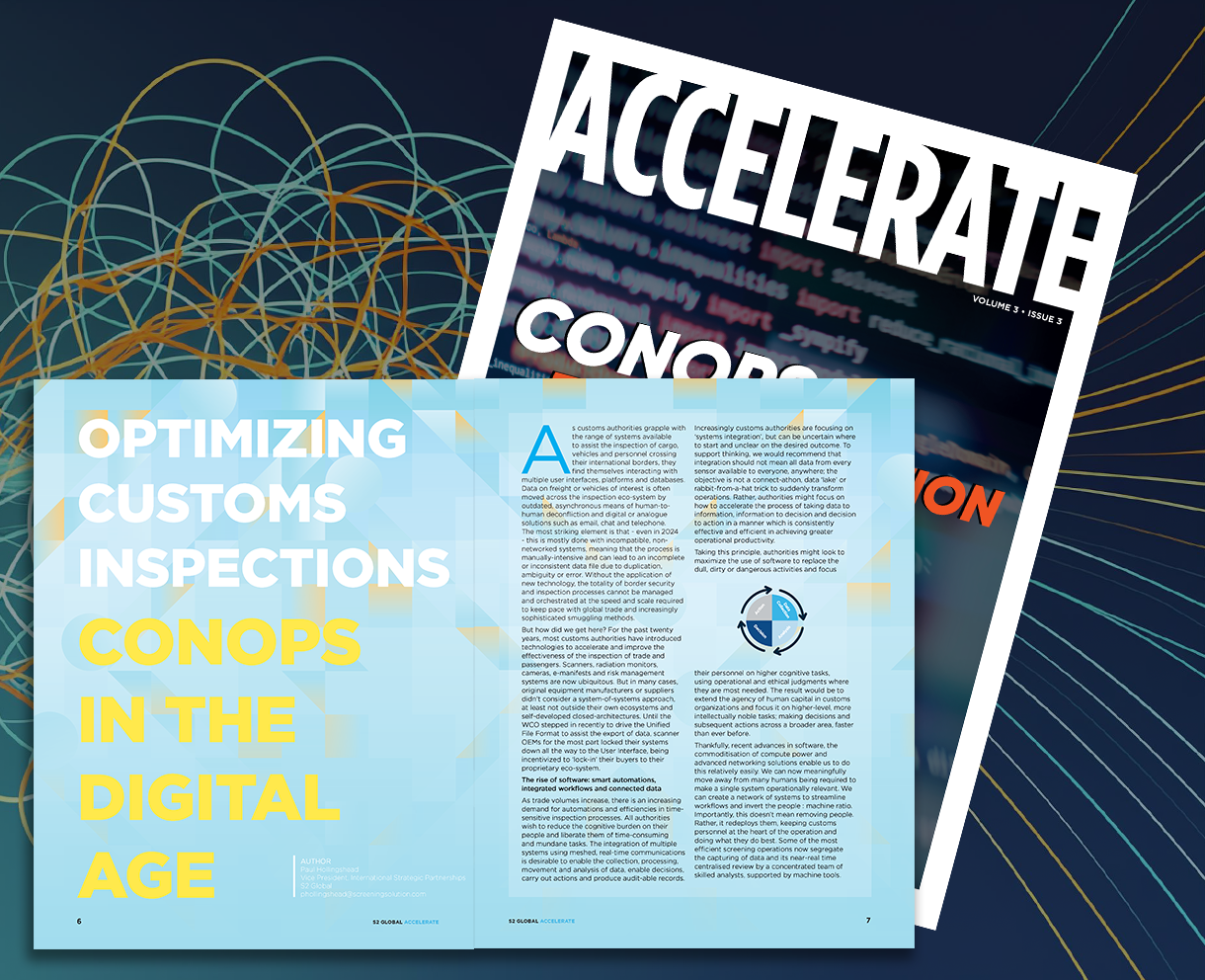
CONOPS Transformation
By the end of this issue, you’ll have a comprehensive understanding of how to leverage technology to elevate your operations.
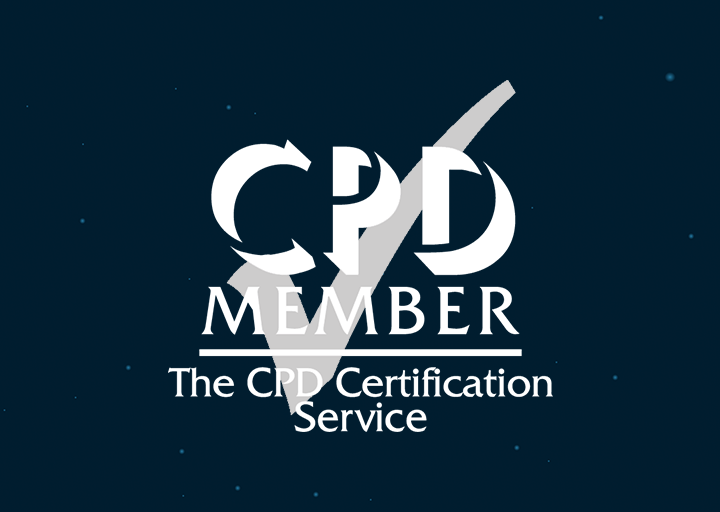
S2 University Image Analysis is Now CPD Certified
Tested and approved for CPD Certification, the S2 University 5-Day Image Analysis Program builds skills to increase detection of trade fraud, contraband, weapons and dangerous material.
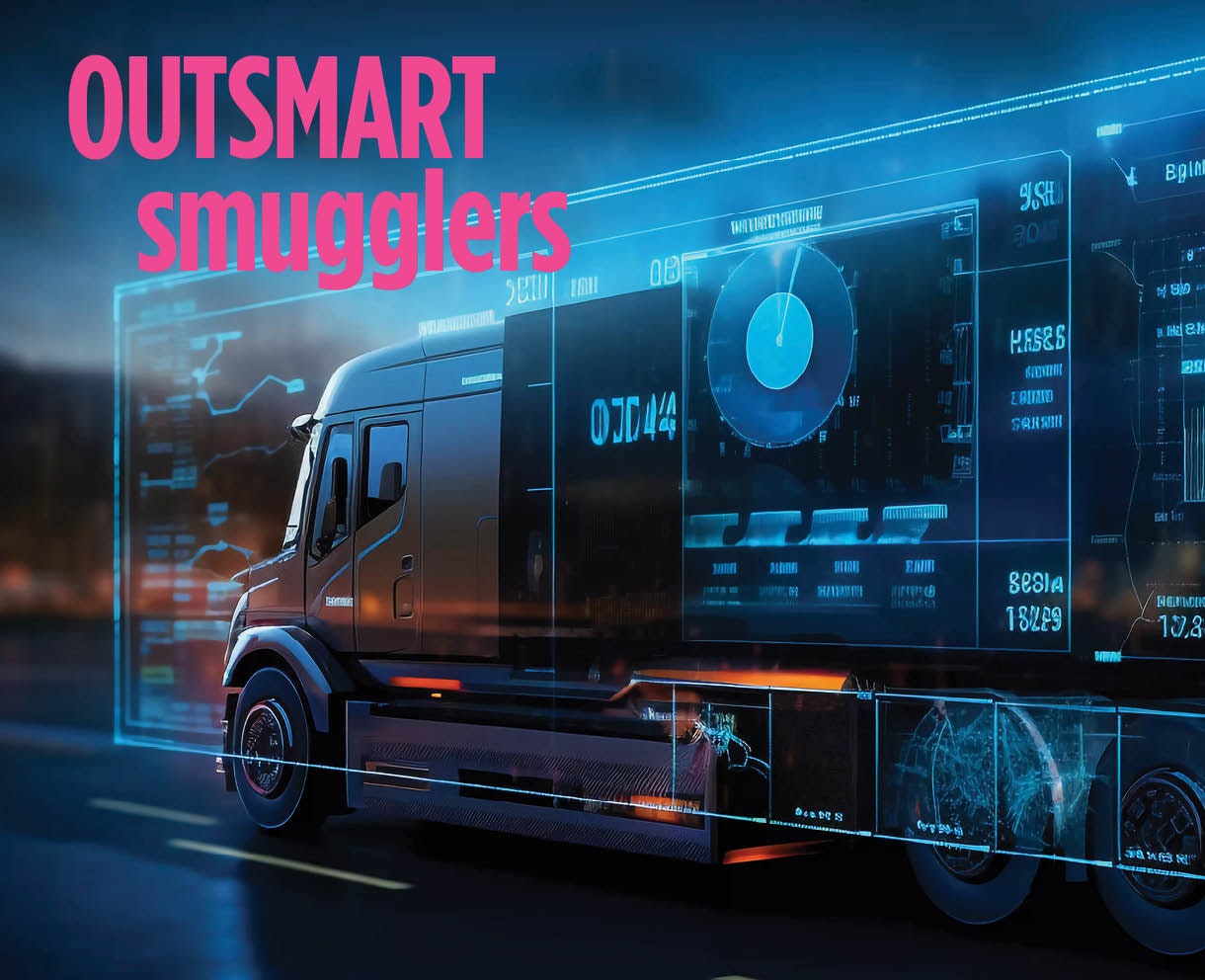
Outsmarting Smugglers: Contraband detection in the era of AI
AI is transforming smuggling detection by predicting high-risk shipments through analysis of various textual data. The emerging frontier is image-recognition algorithms trained on thousands of X-ray images annotated by experts. As smuggling techniques get more sophisticated, so too must our methods of detection.
